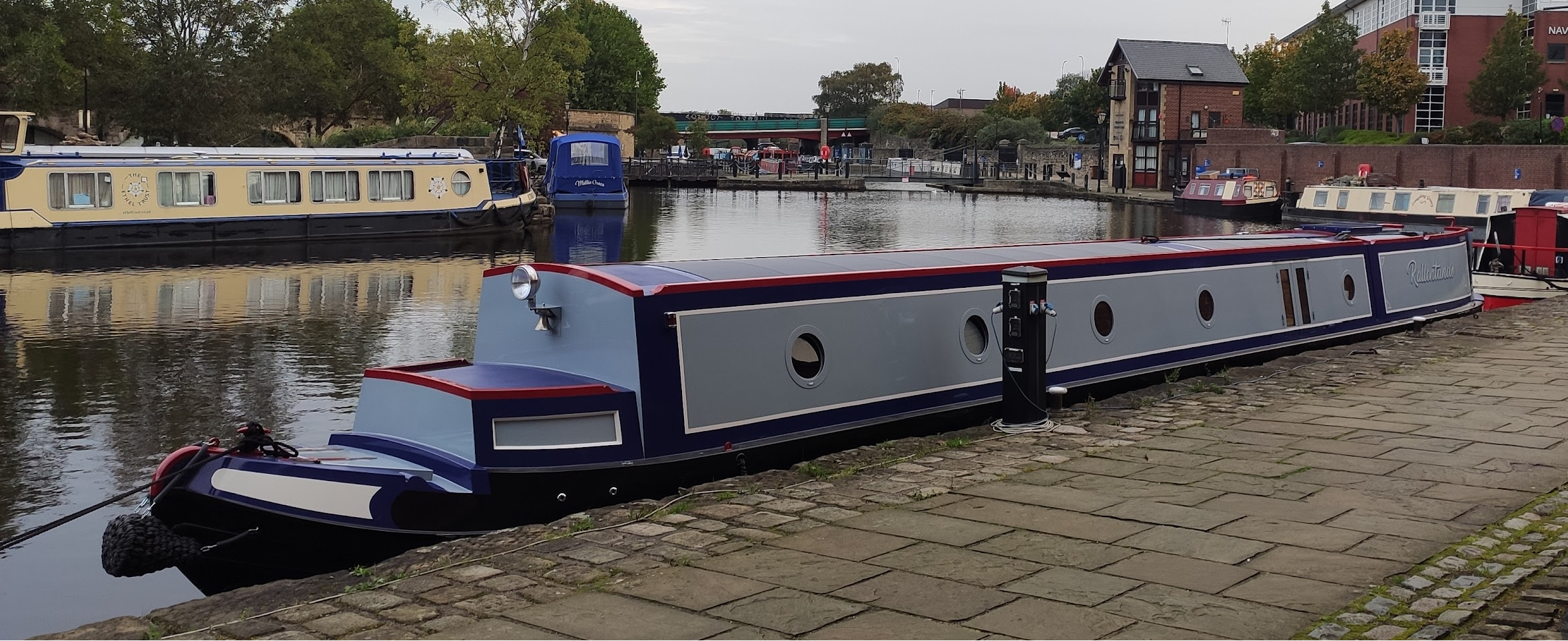I spent a lot of time -- many months -- looking in depth into all the pros and cons of hybrids, and indeed whether to go for one at all. I started off leaning towards an ultra-well-silenced diesel (not a hybrid at all) with big externally-regulated (Wakespeed) alternators and lead-carbon batteries, looked in detail at parallel hybrids (like the HybridMarine system that Braidbar anothers use) with traction cells, and ended up going for a series hybrid with LFP batteries from Finesse.
The problem with the parallel hybrids (as available today) is they're neither fish nor fowl, they keep an existing diesel (usually Beta 43) with dual 24V alternators and gearbox and add on a relatively small 48V belt-driven motor/generator. The diesel is too big so still ends up running at low power levels whether running or charging batteries, and can only charge at a few kW (via inefficient alternators) when stationary because the motor is coupled to the propshaft after the gearbox -- so long running times and a lot of fuel burned if you want to do this, especially with LA batteries.
More and more builders are now going the series hybrid route, but because doing this properly (like Finesse...) is expensive they cut corners, typically using a cheap belt-driven motor and controller which hasn't got enough power for river use, a cheaper diesel generator, and an undersized battery bank -- often lead-carbon (or traction cells) which again means long running times to equalise the cells and prevent sulphation. A higher-power (and quieter) water-cooled PMAC motor/controller with a good-quality cocooned generator and a big enough LFP battery bank (and lots of solar panels) is the best hybrid solution, but is also the most expensive... 😞
As you say, these are all a stopgap until system-wide charging points emerge, until then an onboard generator is needed. Diesel consumption is typically at least half compared to a diesel boat, and can be zero in summer with not too much cruising, so it is "eco-friendly" from the emissions point of view -- but the fuel cost saving may never make up for the high installation cost, saving money isn't the reason to go this way, silent cruising is... 🙂



